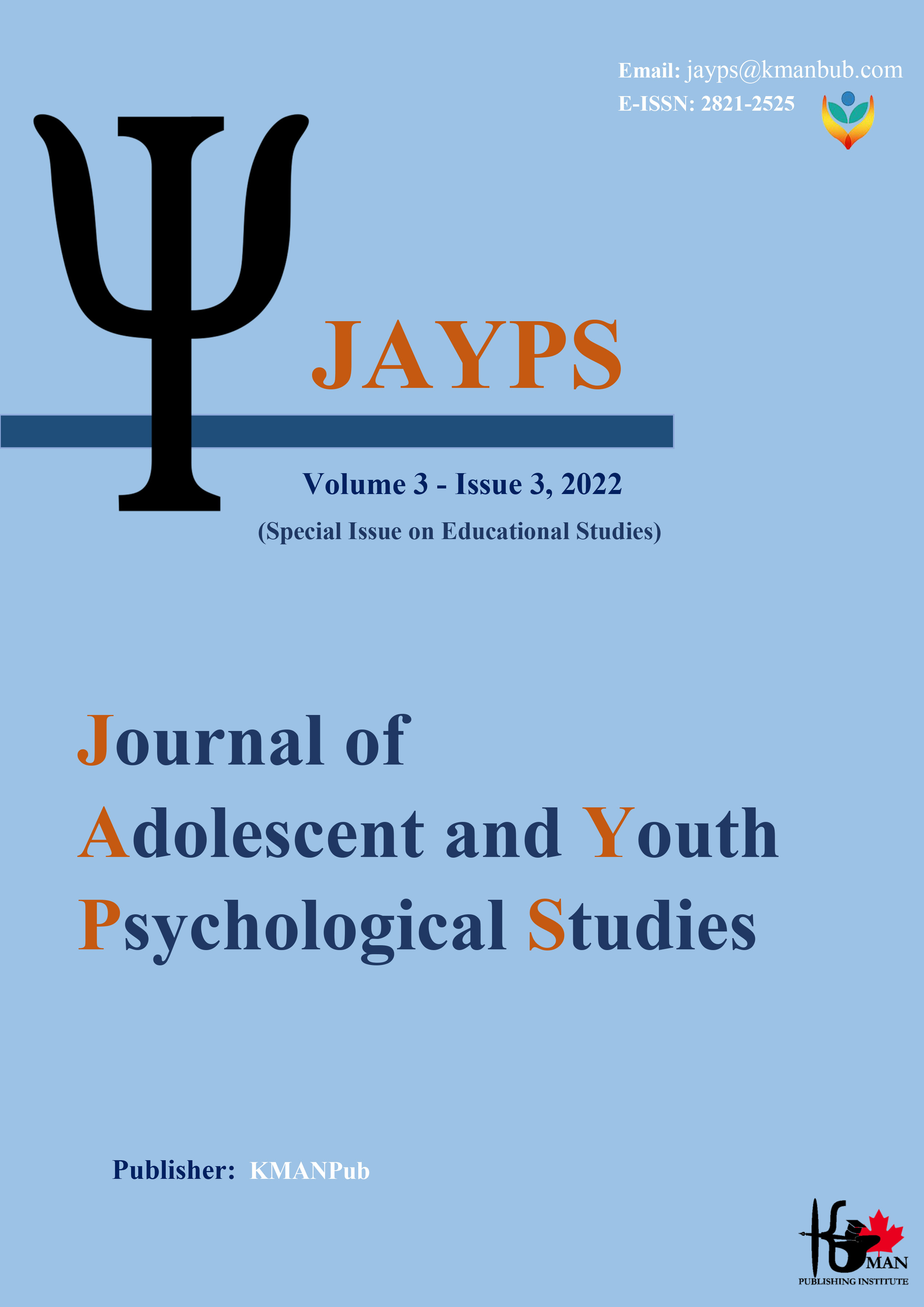Structural Pattern of Explaining Test Anxiety Based on Personality Traits: Assessing the Mediating Role of Cognitive and Metacognitive Strategies
Keywords:
Exam anxiety, personality, cognitive, metacognitiveAbstract
Background and Aim: Academic performance of students is an indicator by which their learning and progress is judged and many individual and environmental factors are effective in academic performance. The aim of the present study was to provide a structural model for explaining exam anxiety based on personality traits: evaluating the mediating role of cognitive and metacognitive strategies. Methods: The statistical population of the present study was made up of all female students of the second secondary school in Tehran in the academic year of 2018-19. The sampling method was a multi-stage cluster random method and the sample size was 421 people. The research tools include the five-factor questionnaire of Neo Costa and Makri (1989); Sarason et al.'s test anxiety scale (1956) and Dawson and McEnery's Cognitive and Metacognitive Strategies Questionnaire (2004). The structural equation modeling method was used to analyze the data. Results: The total path coefficient between personality neuroticism factor (p<0.01, β=0.492) and test anxiety is positive and significant at 0.01 level. Also, the total path coefficient between personality openness factor (p<0.01, β=0.186) and test anxiety was negative and significant at 0.01 level. The path coefficient between cognitive strategies and exam anxiety (p<0.05, β=0.196) on the one hand and the path coefficient between metacognitive strategies and exam anxiety (p<0.01, β=0.231) on the other hand The other was negative and significant at 0.05 and 0.01 levels, respectively. Indirect effect of conscientiousness traits (p<0.01, β=0.126), openness (p<0.01, β=0.121) and extraversion (p<0.01, β=0.079) Personality has a negative effect on test anxiety and is significant at the 0.01 level. On the other hand, the indirect effect of neuroticism (p<0.01, β=0.062) on exam anxiety was positive and significant at the 0.01 level. Conclusion: It is concluded that the structural model of the explanation of exam anxiety based on personality characteristics: evaluation of the mediating role of cognitive and metacognitive strategies can be applied.
Downloads
Downloads
Published
Issue
Section
License

This work is licensed under a Creative Commons Attribution-NonCommercial 4.0 International License.









